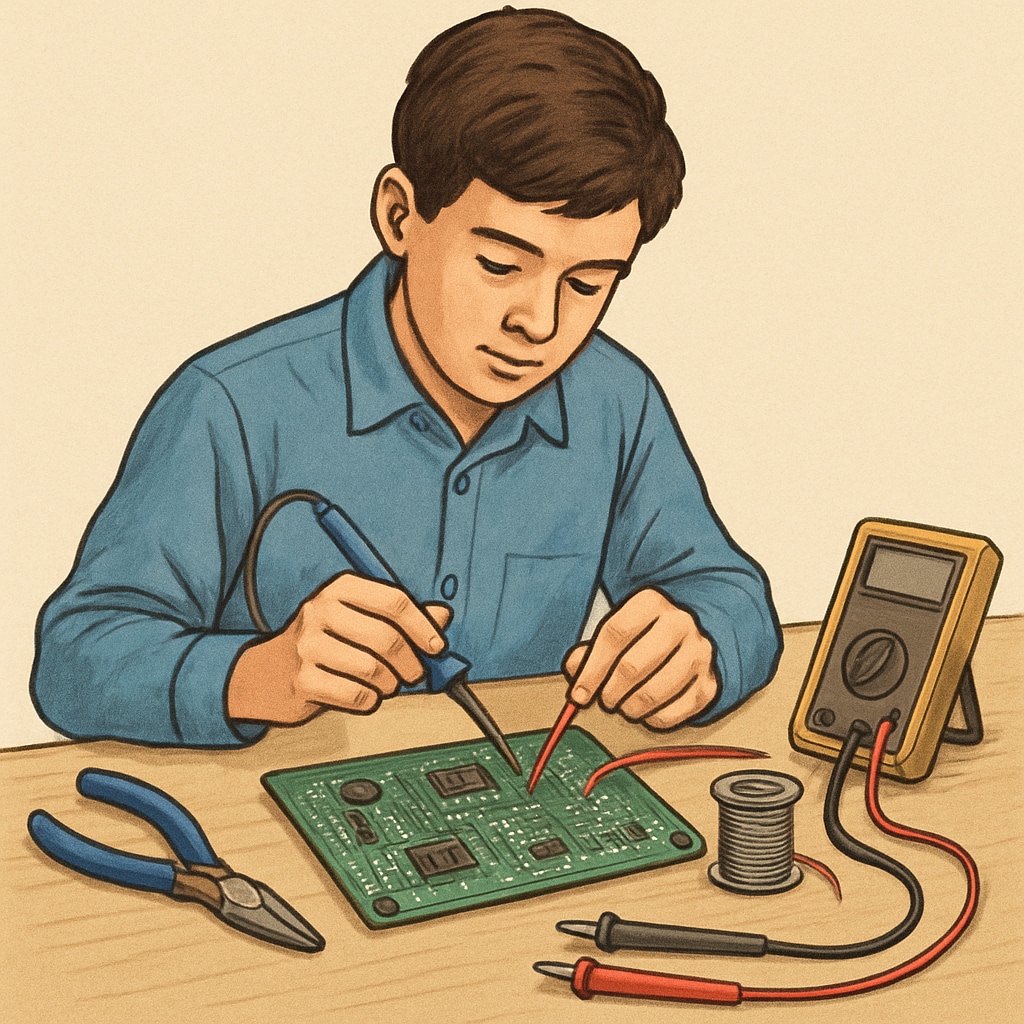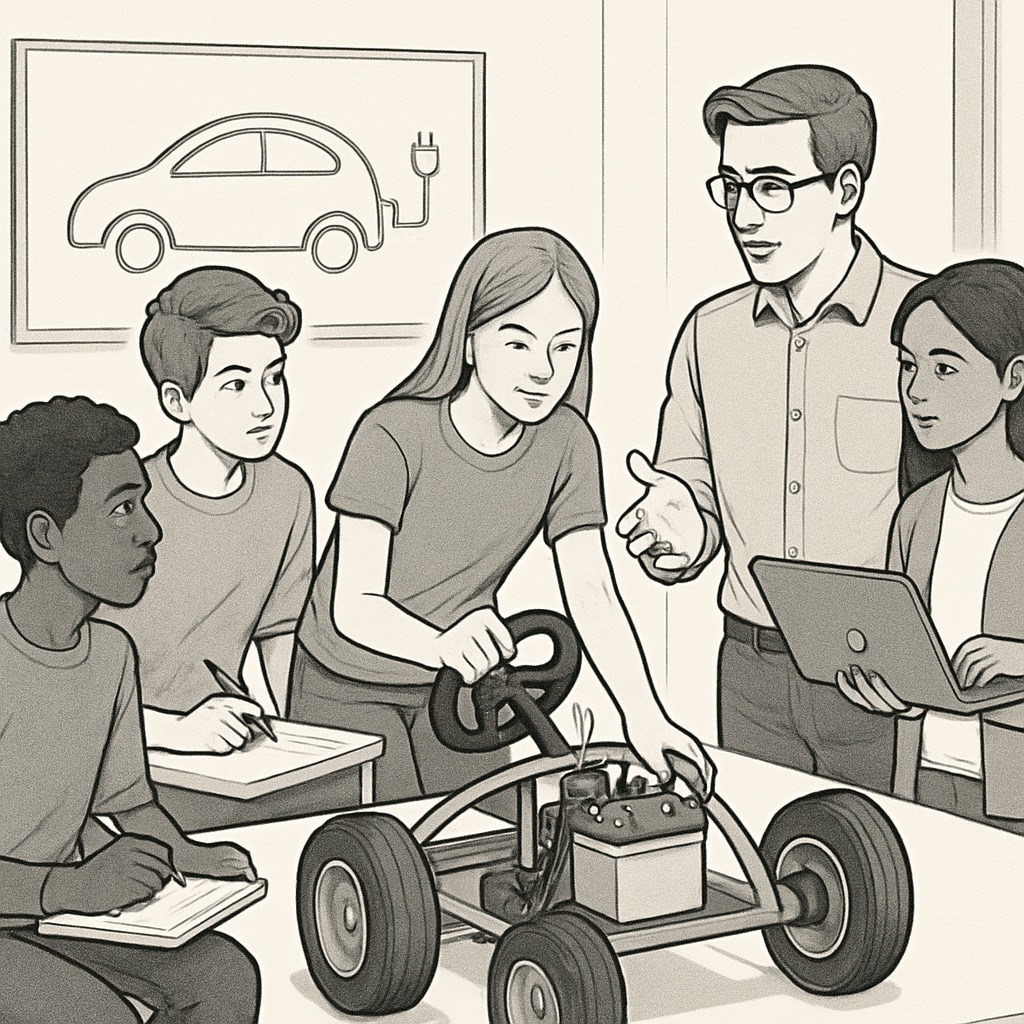The integration of electrical skills, the automotive industry, and apprenticeship experiences during the K12 education phase holds immense value for shaping the career trajectories of young individuals. As the automotive industry evolves with advancements like electric vehicles (EVs) and autonomous driving technologies, fostering early vocational training in electrical systems can open doors to a wide range of opportunities. This article explores how K12 education can serve as a platform to ignite interest in automotive-related professions and build a skilled workforce for the future.
The Role of Electrical Skills in the Automotive Industry
Electrical systems are at the heart of modern vehicles, from advanced driver-assistance systems (ADAS) to fully electric drivetrains. The automotive industry is increasingly reliant on professionals who understand the intricacies of wiring, sensors, and control systems. By introducing students to these concepts early through hands-on apprenticeship programs, schools can help them grasp the foundational knowledge necessary for careers in this sector.
For instance, understanding battery management systems or the role of inverters in EVs can prepare students for future roles as automotive electricians, EV technicians, or systems engineers. Furthermore, exposure to real-world applications ensures that students see the direct impact of their learning on cutting-edge technologies.

How Apprenticeship Programs Enhance Learning
Apprenticeships bridge the gap between theoretical education and practical experience. In the context of K12 education, these programs allow students to work alongside industry professionals, gaining hands-on experience with tools, machines, and systems. This immersive learning approach not only builds technical skills but also fosters critical thinking and problem-solving abilities.
Moreover, students involved in such programs often gain:
- Practical exposure to industry standards and practices.
- Opportunities to develop soft skills like teamwork and communication.
- A clearer understanding of potential career paths in the automotive sector.
According to a report from Britannica, vocational education plays a pivotal role in equipping students with the skills required for rapidly changing industries. Engaging students in apprenticeships during their formative years ensures that they are better prepared for the workforce.

Building Partnerships Between Schools and the Automotive Industry
To maximize the impact of vocational training, strong partnerships between schools and the automotive industry are essential. These collaborations can take many forms, such as:
- Providing access to industry mentors who can guide students through practical projects.
- Offering internships or co-op programs where students split their time between school and industry.
- Ensuring that school curriculums align with the latest industry developments, such as EV technology and AI integration in vehicles.
For example, programs like Germany’s dual education system, which combines classroom instruction with on-the-job training, can serve as a benchmark. As a result, students graduate with a high level of technical competence and are industry-ready from day one.
Conclusion: Shaping the Future Workforce
Early exposure to electrical skills and apprenticeship experiences in the K12 phase can play a transformative role in addressing the talent gap in the automotive industry. By fostering curiosity, equipping students with practical skills, and building strong industry-school partnerships, we can ensure a steady pipeline of skilled professionals who are ready to drive the future of automotive technology.
As the world transitions to electric and autonomous vehicles, the need for technically skilled professionals will only grow. Investing in vocational education now is an investment in the future of both students and the industry.
Readability guidance: This article uses short paragraphs, concise sentences, and clear subheadings to enhance readability. Lists and examples are included to break down complex ideas, while technical jargon is defined to ensure accessibility.


